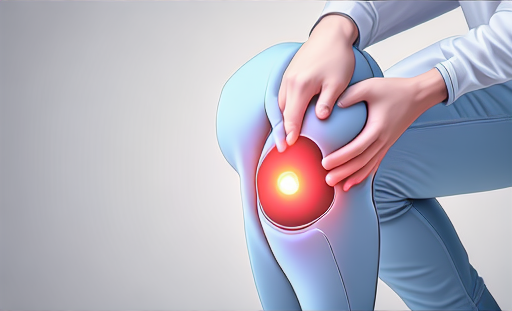If you’re over 50 and looking to improve your pain levels and mobility, you’re in the right place. These are habits that most people overlook, but they offer incredible benefits for your body.

In case we haven’t met, my name is Will Harlow, and I’m the over-50s specialist physiotherapist here at HT Physio in Farnham. My goal today is to share three lesser-known habits that I believe deliver the most value for your effort.
Now, I could easily list the obvious things most people already know: walking 7,000-10,000 steps daily, maintaining a healthy weight, avoiding smoking, eating a balanced diet, consuming enough protein, and keeping your muscles strong and joints mobile. While these are all important, today we’re going to focus on habits that aren’t as widely discussed but are incredibly effective.
Habit #1: Work on Thoracic Extension
First up, thoracic extension. But what exactly is that? Let me explain.
Your spine is divided into three main sections:
- Cervical spine (neck area)
- Thoracic spine (mid-back, consisting of 12 vertebrae)
- Lumbar spine (lower back)
The thoracic spine naturally curves slightly forward (a shape known as kyphosis). However, modern lifestyles—sitting for long hours, using computers, and looking down at our phones—tend to keep us in a rounded, flexed position. Over time, this reduces our ability to extend the thoracic spine (lean backward).
Why is this a problem?
- Neck pain: A stiff thoracic spine forces the neck to overcompensate, causing strain on neck joints.
- Lower back pain: The lumbar spine takes on extra stress to make up for poor thoracic mobility.
- Shoulder issues: A restricted thoracic spine limits shoulder mobility, increasing the risk of impingement and rotator cuff injuries.
The Solution: Foam Roller Exercise
Place it horizontally under your mid-back (around shoulder blade level). Lie down, support your head with your hands, and keep your lower back pressed flat against the surface.
- Slowly lean back over the roller, allowing your thoracic spine to extend.
- After a few seconds of holding, switch back to neutral.
- Move the roller slightly up or down after each repetition.
You’ll see benefits in your back, shoulders, and neck if you do this for two minutes every day.
Habit #2: Stretch Your Calves
Your calf muscles, located at the back of your lower leg, are more important than you might think. These muscles cross the ankle and knee joints, making them double-jointed.
Why tight calves are a problem:
- They compress the knee joint.
- They limit ankle mobility.
- They strain the foot by pulling on the heel bone.
The Solution: Standing Calf Stretch
- Stand facing a wall with one leg extended straight behind you.
- Keep your arch raised and your heel flat on the floor.
- Lean forward and slightly bend your front knee until you feel a stretch in the calf of your rear leg.
- Hold for 30 seconds.
- Repeat on the other side.
Make this a daily habit to reduce knee, ankle, and foot pain while improving mobility.
Habit #3: Practice Getting Up Off the Floor
This habit might seem simple, but it’s one of the most vital skills to maintain as you age. One of the biggest predictors of someone needing full-time care is their inability to get up from the floor unaided.
Why this matters:
- Improves strength and mobility.
- Enhances flexibility.
- Builds confidence and reduces the fear of falling.
How to Practice:
- Start with a sturdy chair nearby.
- Slowly lower yourself to one knee, using the chair for support.
- Rise back to standing.
- Alternate knees and repeat.
Once you’re comfortable, progress to sitting on the floor and practicing getting back up using the chair for assistance.
Advanced Variation: Roll to your side, push yourself to your hands and knees, and then use the chair to stand up.
Practice this movement daily, and you’ll not only improve your strength but also your independence and safety.
Final Thoughts
These three daily habits—thoracic extension, calf stretching, and floor mobility practice—are simple but powerful tools to enhance your pain levels, mobility, and overall quality of life.
